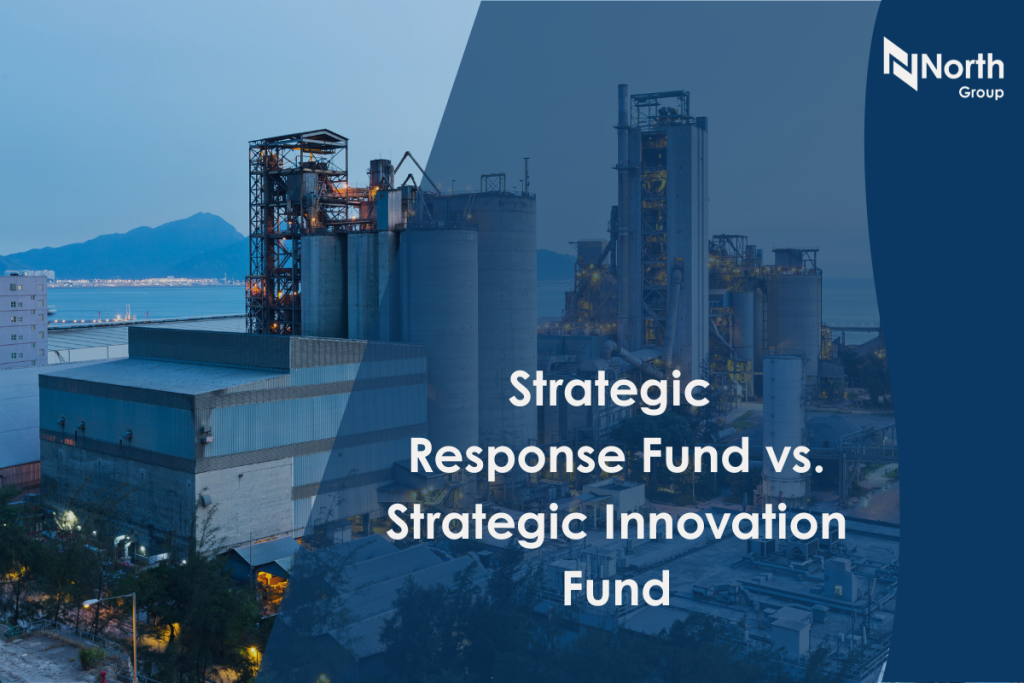This past weekend, I went away on holiday. Or rather, I went away for four days of intense, overwhelming-to-all-the-senses, crazy obsessive fangirlish journey to San Diego. San Diego ComicCon 2010 was happening, and I was determined to have my first experience of the four-day-long scifi/comic book/etc convention.
And it was crazy, and awesome, and intense, and all kinds of brilliant.
One of the most exciting parts was walking around the exhibition floor, seeing all the different toy and collectible manufacturers with new products that they are bringing out in the near future. Some of these items will be available in the upcoming year, but some of them are just preliminary prototypes that the companies will be modifying and improving on before bringing out the finished products.
The process for manufacturing toys and collectibles, if you look at the basic steps, isn’t too different than manufacturing anything else. And having prototypes can be a great benefit to your Scientific Research and Experimental Development claim.
Developing a prototype is a part of the iterative process that SR&ED projects typically follow – design, prototype, testing, redesign, prototype, testing, and so on, until the final objective is reached. By keeping these prototypes that you have made, you have evidence for the CRA (should a review occur) that there was systematic investigation and experimentation done during your SR&ED project.

